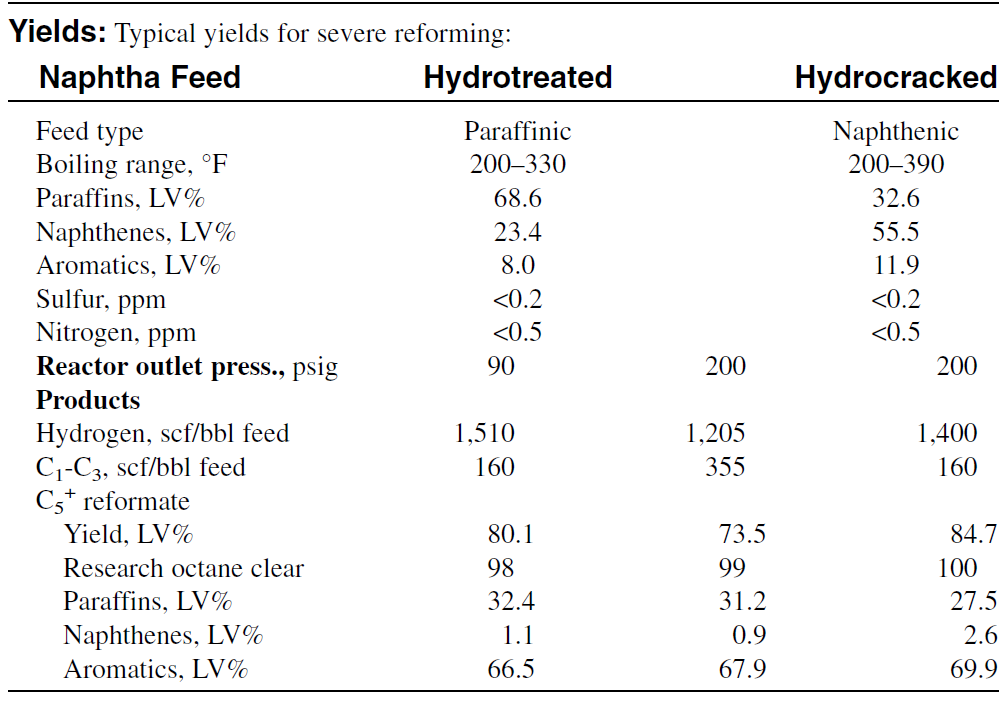

علم الكيمياء

تاريخ الكيمياء والعلماء المشاهير

التحاضير والتجارب الكيميائية

المخاطر والوقاية في الكيمياء

اخرى

مقالات متنوعة في علم الكيمياء

كيمياء عامة


الكيمياء التحليلية

مواضيع عامة في الكيمياء التحليلية

التحليل النوعي والكمي

التحليل الآلي (الطيفي)

طرق الفصل والتنقية


الكيمياء الحياتية

مواضيع عامة في الكيمياء الحياتية

الكاربوهيدرات

الاحماض الامينية والبروتينات

الانزيمات

الدهون

الاحماض النووية

الفيتامينات والمرافقات الانزيمية

الهرمونات


الكيمياء العضوية

مواضيع عامة في الكيمياء العضوية

الهايدروكاربونات

المركبات الوسطية وميكانيكيات التفاعلات العضوية

التشخيص العضوي

تجارب وتفاعلات في الكيمياء العضوية


الكيمياء الفيزيائية

مواضيع عامة في الكيمياء الفيزيائية

الكيمياء الحرارية

حركية التفاعلات الكيميائية

الكيمياء الكهربائية


الكيمياء اللاعضوية

مواضيع عامة في الكيمياء اللاعضوية

الجدول الدوري وخواص العناصر

نظريات التآصر الكيميائي

كيمياء العناصر الانتقالية ومركباتها المعقدة


مواضيع اخرى في الكيمياء

كيمياء النانو

الكيمياء السريرية

الكيمياء الطبية والدوائية

كيمياء الاغذية والنواتج الطبيعية

الكيمياء الجنائية


الكيمياء الصناعية

البترو كيمياويات

الكيمياء الخضراء

كيمياء البيئة

كيمياء البوليمرات

مواضيع عامة في الكيمياء الصناعية

الكيمياء الاشعاعية والنووية
Catalytic Cracking
المؤلف:
sami matar & Lewis. F. Hatch
المصدر:
Chemistry of PETROCHEMICAL PROCESSES
الجزء والصفحة:
p 69
24-7-2017
1336
Catalytic Cracking
Catalytic cracking (Cat-cracking) is a remarkably versatile and flexible process. Its principal aim is to crack lower-value stocks and produce higher-value light and middle distillates. The process also produces light hydrocarbon gases, which are important feedstocks for petrochemicals. Catalytic cracking produces more gasoline of higher octane than thermal cracking. This is due to the effect of the catalyst, which promotes isomerization and dehydrocyclization reactions.
Products from catalytic cracking units are also more stable due to a lower olefin content in the liquid products. This reflects a higher hydrogen transfer activity, which leads to more saturated hydrocarbons than in thermally cracked products from delayed coking units, for example.
The feeds to catalytic cracking units vary from gas oils to crude residues. Heavier feeds contain higher concentrations of basic and polar molecules as well as asphaltenes. Examples are basic nitrogen compounds, which are readily adsorbed on the catalyst acid sites and lead to instantaneous albeit temporary deactivation. Polycyclic aromatics and asphaltenes contribute strongly to coke formation. FCC (fluid catalytic cracking) catalyst deactivation in resid processing have been reviewed by O’Connor et al. and Occelli. These feedstocks are often pretreated to decrease the metallic and asphaltene contents. Hydrotreatment, solvent extraction, and propane deasphalting are important treatment Excessive asphaltene and aromatics in the feed are precursors to carbon formation on the catalyst surface, which substantially reduces its activity and produces gasolines of lower quality.
Residium fluid catalytic cracking (RFCC) has gained wide acceptance due to a larger production of gasoline with only small amounts of lowvalue products. Pretreating the feed in a low-severity residue desulfurization (RDS) increased the gasoline yield by 7.4%.19 Table 1-1 compares the effect of RDS pretreatment on product yields from RFCC (with and without RDS).
Table 1.1 : Properties of feed and products from Chevron Rheiniforming process
















 قسم الشؤون الفكرية يصدر مجموعة قصصية بعنوان (قلوب بلا مأوى)
قسم الشؤون الفكرية يصدر مجموعة قصصية بعنوان (قلوب بلا مأوى) قسم الشؤون الفكرية يصدر مجموعة قصصية بعنوان (قلوب بلا مأوى)
قسم الشؤون الفكرية يصدر مجموعة قصصية بعنوان (قلوب بلا مأوى) قسم الشؤون الفكرية يصدر كتاب (سر الرضا) ضمن سلسلة (نمط الحياة)
قسم الشؤون الفكرية يصدر كتاب (سر الرضا) ضمن سلسلة (نمط الحياة)

















